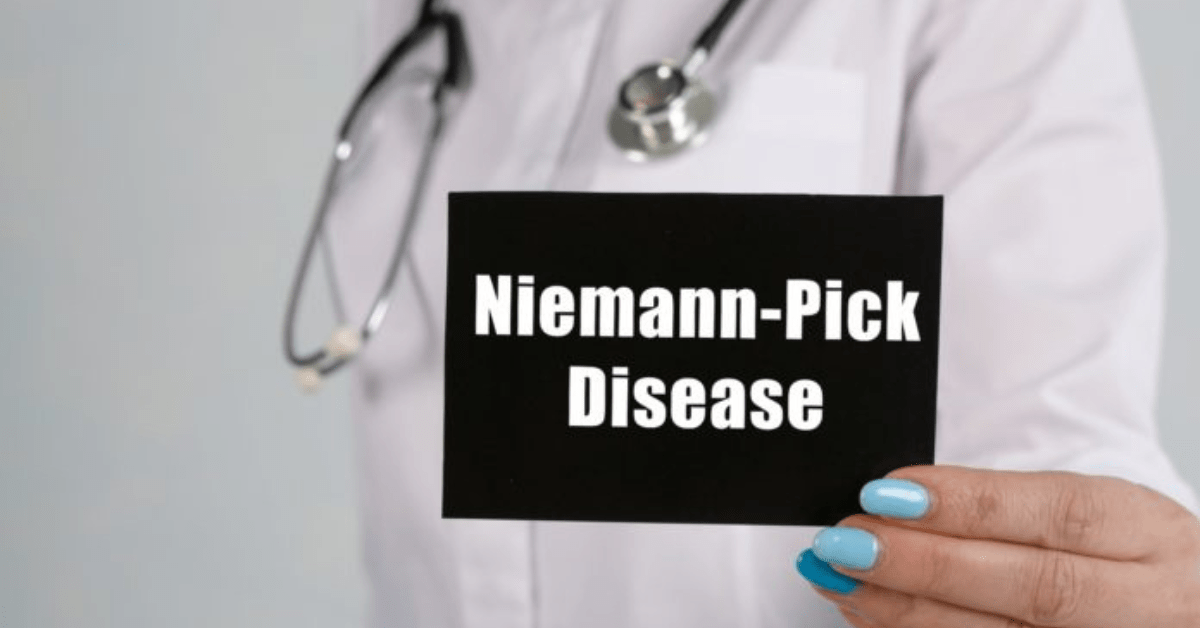Free Courses Sale ends Soon, Get It Now


Free Courses Sale ends Soon, Get It Now



Copyright infringement not intended
Picture Courtesy: healthlibrary.askapollo.com
Context: Parents of children with Niemann-Pick disease urge the Indian government to include it in the National Policy for Rare Diseases, ensuring access to specialized healthcare, treatment options, and financial support for affected families, thereby improving their lives.
Niemann-Pick Disease (NPD)
There are three main types of Niemann-Pick disease:
|
Niemann-Pick Disease Type A (NPD-A) |
● NPD-A is the most severe and rapidly progressive form of Niemann-Pick disease, with symptoms typically appearing in early infancy. ●Children with NPD-A often do not survive past early childhood due to the severity of the disease, which includes an enlarged liver and spleen, failure to thrive, feeding difficulties, and neurological problems. |
|
Niemann-Pick Disease Type B (NPD-B) |
●NPD-B typically manifests in childhood or adolescence, contrasting with the early infancy onset of NPD-A. ●Symptoms range widely and can include an enlarged liver and spleen, lung issues, and mild neurological symptoms. Unlike NPD-A, individuals with NPD-B often have a normal lifespan, but the severity of symptoms can vary greatly from person to person. |
|
Niemann-Pick Disease Type C (NPD-C) |
●NPD-C is characterized by progressive loss of motor skills, difficulty swallowing, speech problems, and, in some cases, liver and spleen enlargement. Neurological symptoms worsen over time. ● While symptoms often begin in childhood, NPD-C can manifest at any age, including adulthood. Unlike the more severe NPD-A and variable NPD-B, NPD-C is a chronic and slowly progressive form of the disease, leading to long-term challenges for affected individuals. |
Causes and Genetics
Diagnosis
Treatment
Conclusion
Must Read Articles:
National Policy For Rare Diseases: https://www.iasgyan.in/daily-current-affairs/national-policy-for-rare-diseases-2021-7
|
PRACTICE QUESTION Q. What are the key factors contributing to the increasing prevalence of non-communicable diseases in India, and what measures can be taken to address this growing health challenge? |
© 2024 iasgyan. All right reserved